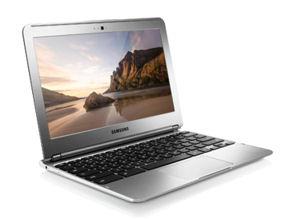We’re collaborating with a few universities on formal verification of GPU code. The project is called ChEOPS: verified Construction of corrEct and Optimised Parallel Software.
We’d like to put the following PhD position to your attention:
Eindhoven University of Technology is seeking two PhD students to work on the ChEOPS project, a collaborative project between the universities of Twente and Eindhoven, funded by the Open Technology Programme of the NWO Applied and Engineering Sciences (TTW) domain.
In the ChEOPS project, research is conducted to make the development and maintenance of software aimed at graphics processing units (GPUs) more insightful and effective in terms of functional correctness and performance. GPUs have an increasingly big impact on industry and academia, due to their great computational capabilities. However, in practice, one usually needs to have expert knowledge on GPU architectures to optimally gain advantage of those capabilities.
Continue reading “GPU-related PHD positions at Eindhoven University and Twente University”















 Khronos just announced three OpenCL based releases:
Khronos just announced three OpenCL based releases:
 The
The  There are several boards available. Freescale suggests to use the
There are several boards available. Freescale suggests to use the 

























